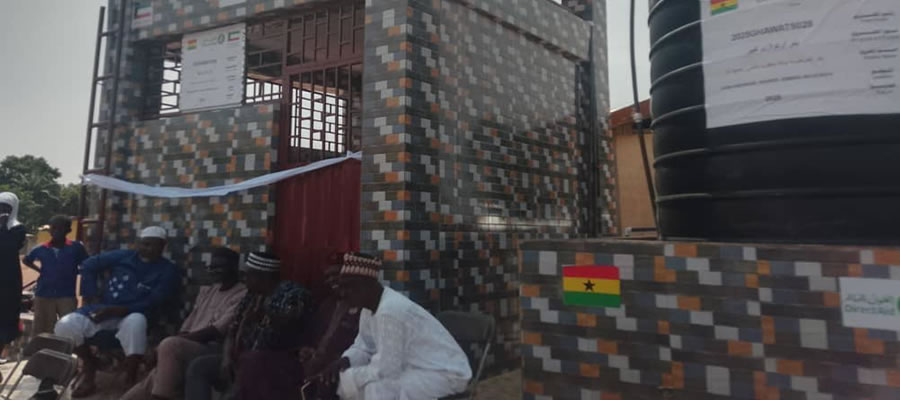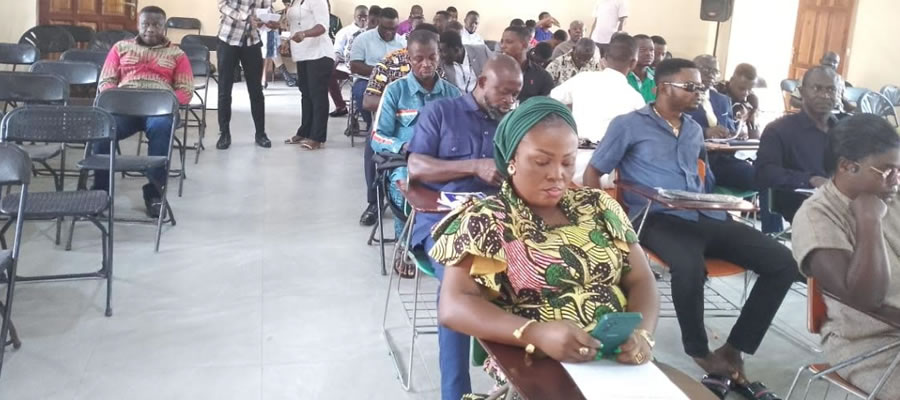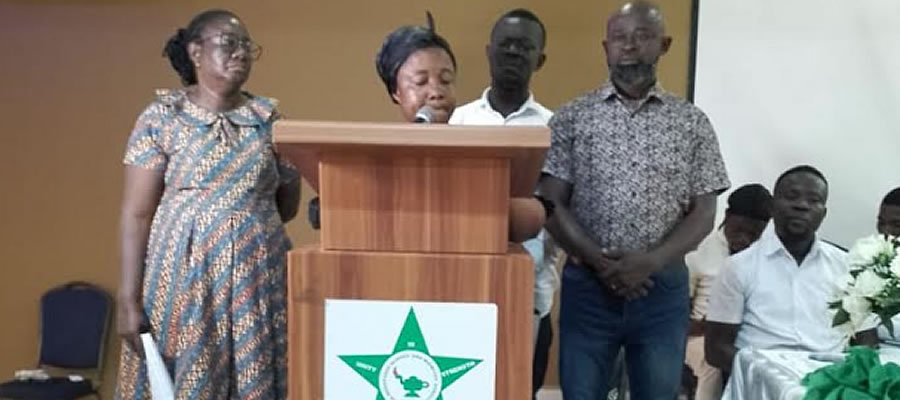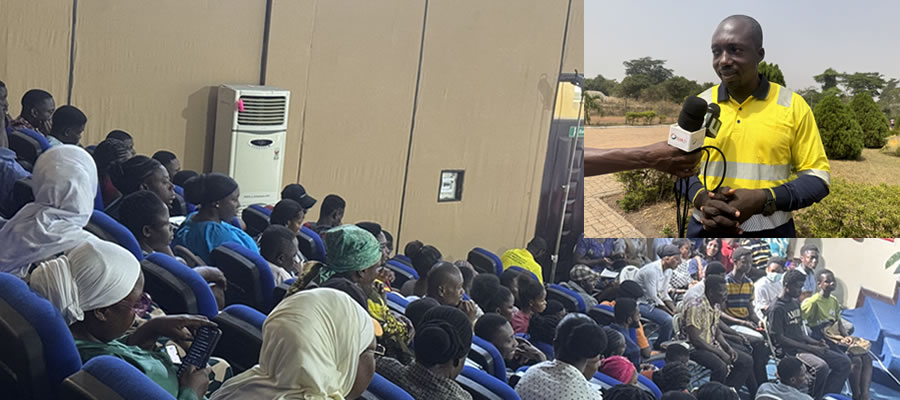

Political Administration
The Municipality has a sub-structure made-up of nine (9) zonal Councils with one-hundred and thirty-five (135) memberships. It is further subdivided into 47 electoral areas. The Assembly has 68 Assembly members made up of 47 elected and 21 appointed members. The Municipality has two constituencies and two Members of Parliament, who are members of the Assembly without the right to vote. The Municipal Chief Executive is the Political Head and works directly under the political and administrative jurisdiction of the Regional Minister. The Municipal Coordinating Director is the administrative head of the district and is responsible for the day to day management of the district.
Common Fund
District Assemblies Common Fund (DACF)
This fund is a form of grant from the Central Government to assist District Assemblies in their development efforts. District Assemblies Common Fund (DACF) was created under section 252 of the Fourth Republican Constitution of 1992. On the 6th of July, 1993 Parliament enacted District Assemblies’ Common Fund Act (Act 455). Under this Act, Parliament is annually required to allocate not less than 5%o of the total revenue that accrues to the nation to the DAs for development. It currently stands at 7½ per cent. The Act establishing the DACF enjoins the Administrator to present a formula to Parliament for approval every year.
Enhanced HIPC Initiative Relief Funds
The District Assemblies also enjoy the transfers from the Government through the Release of HIPC
Fund in two ways:
By direct allocation to the Metropolitan, Municipal and District Assemblies for projects approved by the MLGRD and the MOF;
Through some MDAs who request HIPC funds for the implementation of specific projects and programmes in the district
The amount released from these sources cannot be influenced by the assembly and as such, the best means to take adequate care of district’s oriented projects is through the increasing of their internally generated funds. This can be done by first considering a maximum realisation of revenue from the existing revenue base and secondly exploring other means to add to the existing base. With these, more can be raised by the assembly to ensure local development. Note - the amount received from 2004 include funds for European Union Micro Projects which were undertaken in the district during the year.
Expenditure
This section concerns itself with comparing the extent with which the assembly was able to spend within its budget or the estimated expenditure over the years. Personnel Emolument, Travelling and Transport, General Expenditure, Maintenance, and Miscellaneous represent the recurrent expenditure while the Development Expenditure represents the capital expenditure. It must be noted here also here that the personnel emolument include that of the salary paid from the central government.
In 2003, the assembly could not work within its estimated expenditure, and comparing it with the available revenue that was made available during the year (06,322,646,028.3), an amount of 0353,333,671.37 was realised as deficit. It should be noted here that the assembly did well to work within the estimated expenditure for the recurrent expenditure.
The assembly in 2004 could not work within the estimated expenditure but on the contrary was able to work within the available revenue. This situation was brought about by the coming in of funds from the European Union Micro Project, which was not budgeted for. The total revenue received for the year amounted to 012,905,972,361. The situation in 2005 was not too different from the past year in the area of the spending in relation to the estimated. The year also experienced an insignificant deficit of 01,999,973. The total revenue received for the year amounted to 08,965,446,596.
Financing The District’s Expenditure
This section portrays how expenditure is financed within the assembly. Financing expenditure involves the following processes:
The preparation of the District’s annual budget with its monthly components by the District Budget Officer;
Approval of budget; and
Financing the budget with the available revenue.
Financial Management
The financial administration and management of the Assembly is undertaken by the District Chief Executive, the District Co-ordinating Director, District Finance Officer, District Budget Officer, a representative from the Finance and Administration Sub-Committee, the Internal Auditor and the Local Government Inspectorate.
Development Problems Regarding Fiscal Management
The major problems regarding fiscal management include the following: Low revenue base for the assembly: This problem is in relation to revenue mobilisation of the assembly. The IGF represents only 27.0% of the total revenue that accrues to the assembly annually. This means that the assembly depends too much on funds from the central government. This situation is worsened by the delay of the District Assembly Common Fund.
Inefficient allocation of financial resources: this problem which is in relation to the judicious use of resources within the district to reduce poverty serves as one of the paramount problems among all district assemblies within the country. This has been the situation because personnel involved in the usage of the limited resources do not have the requisite skills in the area of fiscal management. The absence of the involvement of the people in development issues also serves as one of the causes of such inefficiency.
Summaries
The effectiveness, probity and accountability within the District Assembly however require institutional capacities and clear role perception, appropriate attitudes and relevant abilities on the part of all officials and other stakeholders within the Assembly. If the important and urgent national objective under the Ghana Poverty Reduction Strategy is to decentralise and democratise national administration and development and to afford opportunities to all localities to identify and resolve their social and development problems, then a lot of efforts have to be put in place to tackle all development problems within the assembly and ensure adequate capacity building to ensure effective functioning of the various stakeholders.
Date Created : 11/25/2017 6:00:14 AM













 facebook
facebook
 twitter
twitter
 Youtube
Youtube
 +233 593 831 280
+233 593 831 280 0800 430 430
0800 430 430 GPS: GE-231-4383
GPS: GE-231-4383 info@ghanadistricts.com
info@ghanadistricts.com Box GP1044, Accra, Ghana
Box GP1044, Accra, Ghana